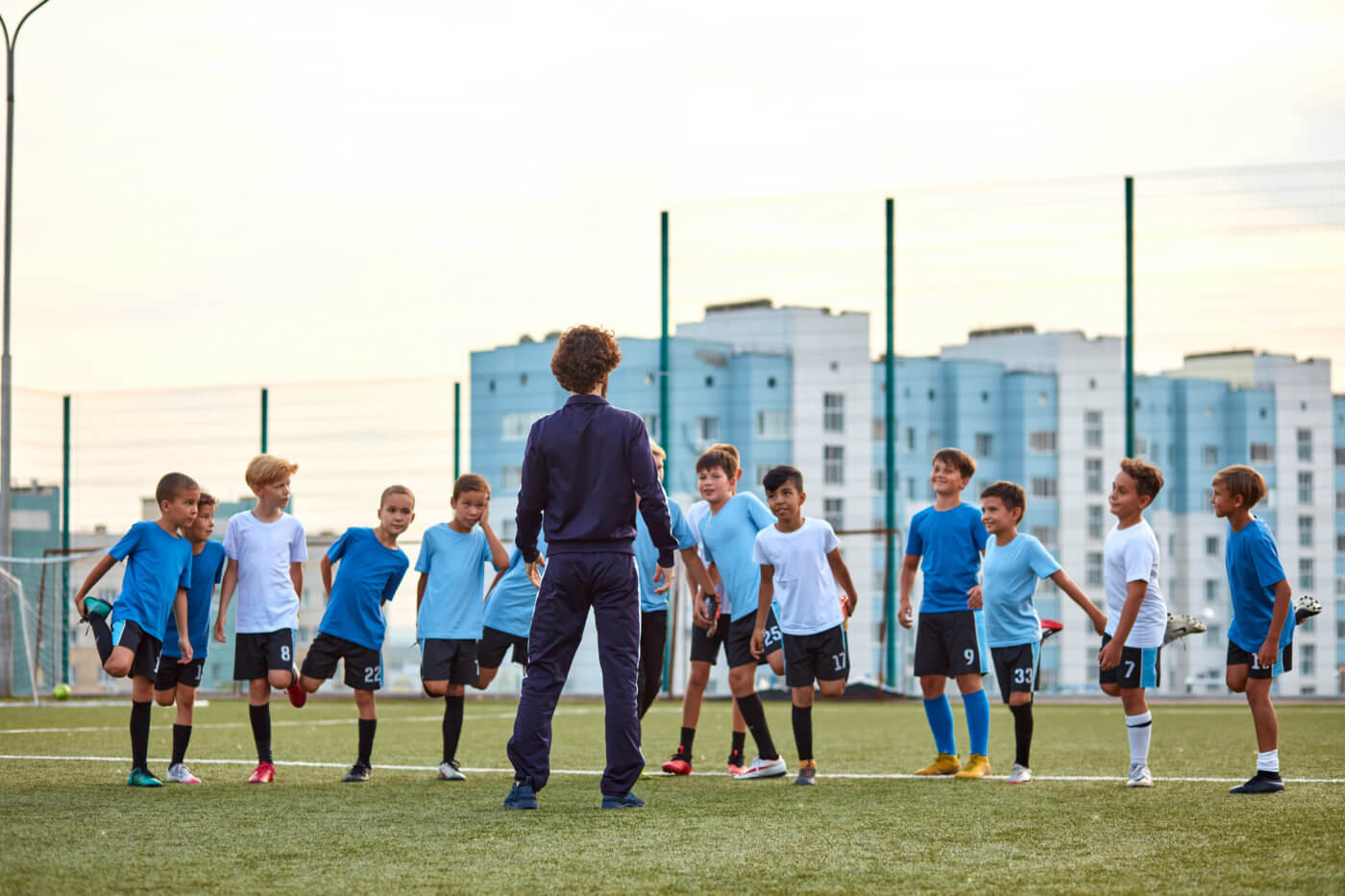
Think about the impact your first coach had on your life. That coach/athlete relationship is an important one, and it’s the responsibility a new coach shouldn’t take lightly.
Kids get involved in youth sports for a whole bunch of reasons, but mostly because they’re looking to gain friendships, get a boost in confidence, learn some new skills, and then parents hope they learn how teamwork and other intangibles. There are many different coaching styles, and there’s no right method or surefire way to become a success in coaching.
But there are a few things that can help a new coach gain confidence as he or she looks to lead a group of athletes.
Here are three things a new coach needs to know before getting started.
- You have to be organized
Organization is key for new coaches. As a coach, you only have so much time with athletes and you need to make sure you use it wisely. That means having a strategy and understanding your game plans and practice schedules and understanding how to maximize the time you have with athletes.
This even comes down to little things like making sure you can schedule enough time for practice during the week. We have a new scheduling feature that helps you stay organized for practices, games and any upcoming tournaments, as well as which athletes may or may not be able to attend.
- Find a coaching style that works and stick with it
All coaches have a preferred way they like to coach. “Coaching style” isn’t necessarily something that is learned—it’s more or less how you naturally act in a coaching situation.
This article by Maryville University highlights many of the various coaching styles and methods out there. For example, a “Democratic” coach takes a more “balanced approach that puts agency into the hands of players.” It’s a more empathetic style of coaching that values sportsmanship above everything. An “Autocratic” coach is more of a micromanager of sorts who likes to take “singular control over all creative and practical decisions,” while a more “Laissez-Faire” coach is more hands-off and allows athletes on the team to have more input and control over their direction.
Some coaches have a more aggressive style or are more reactive, but there are some pros and cons to each of them. It’s important not to get caught up in the styles so much, but to just do what comes naturally and adjust accordingly in order to be successful.
- Stay positive
Coaches have to stay positive even if they aren’t in the most positive situations. Not everything is going to go as planned, but an effective coach doesn’t panic. They are able to use positive reinforcement to help athletes make necessary adjustments. A positive approach helps athletes get the most out of sports, “which is what coaches, parents and the athletes themselves want.”
Staying positive also helps youth get the most out of sports. The Positive Coaching Alliance is an organization that “provides research-based training and resources for coaches, parents, athletes, and leaders to ensure a positive youth development experience for ALL kids, in all communities across the U.S., through sports.”
This is a movement that focuses on positivity in every step of coaching so that they can ensure that “youth athletes experience improved life skills and character development” through sports, which is ultimately the main purpose of youth athletics.
Taking on the responsibility of a new coach is no easy task. There’s a lot of learning that will take place along the way, and there’s no real playbook to guide you to success. But staying organized, understanding who and why you coach the way you do and staying positive above all else, are good places to start in your coaching journey.
You can read more about an approach to managing playing time with youth athletes.



